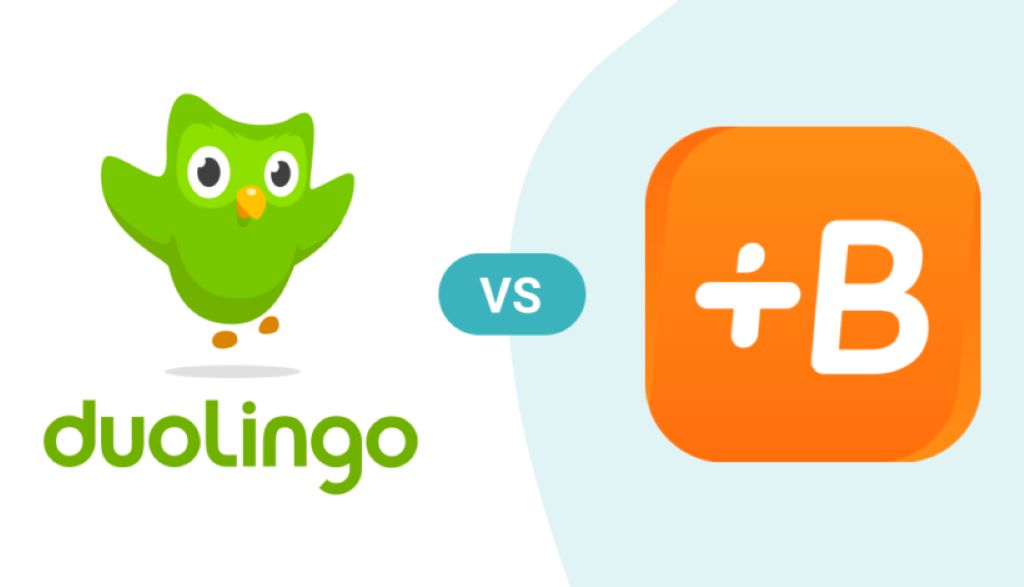Learning a new language is a rewarding journey. With the explosion of language learning apps, the path towards fluency has become more accessible than ever. While there are numerous options to choose from, two titans stand out: Babbel and Duolingo. Though both aim to help you master a new language, their approaches, strengths, and weaknesses differ significantly. Let’s explore what makes each app unique and which might be the better fit for your learning goals.
Understanding the Core Differences
- Gamification vs. Traditional Learning: Duolingo heavily relies on gamification. It employs streaks, badges, and an addictive game-like interface to keep you motivated. Babbel, while also engaging, adopts a more traditional approach to language learning with a focus on grammar, vocabulary, and practical conversational elements.
- Price: Duolingo shines with its free-to-use model. While there’s a premium version that unlocks additional features, the core learning experience is entirely accessible without paying a dime. Babbel, on the other hand, is a subscription-based service, and you won’t be able to access most of its content without paying.
- Language Variety: Duolingo boasts a wider selection of languages compared to Babbel. If you’re interested in a more niche language, Duolingo might be the better option.

Drilling Down into Functionality
- Lesson Structure: Duolingo’s lessons present a mix of vocabulary drills, translation exercises, and listening practice. Babbel’s lessons also employ these techniques but place a greater emphasis on grammar explanations and realistic conversational snippets.
- Focus on Speaking: Babbel generally excels in building your speaking confidence. Its integrated speech recognition technology allows you to practice pronunciation, while dedicated speaking lessons provide structured conversations. Duolingo incorporates speaking as well, but it’s slightly less comprehensive than Babbel’s approach.
- Spaced Repetition: Both apps utilize spaced repetition, a technique that strategically reintroduces vocabulary and concepts over time to ensure they stick. However, Babbel’s review system tends to feel more customizable, allowing you to tailor it to your unique needs.
The Ideal User for Each App
Here’s a simplified breakdown of who might find each app more suitable:
Consider Duolingo if:
- You prioritize a fun and free learning experience
- You prefer a gamified approach with streaks and rewards
- You want access to a wider array of languages
- You’re a self-starter comfortable with figuring things out as you go
Consider Babbel if:
- You want a more structured and organized learning path
- You value detailed grammar explanations
- You’re serious about developing conversational fluency
- You’re willing to invest in a paid subscription
Factors Beyond the Basics
- Content Depth: Babbel often delves deeper into the complexities of a language. While Duolingo is fantastic for beginners, Babbel might appeal more to those seeking intermediate or advanced-level courses.
- Interface: Duolingo’s colorful, cartoonish interface is loved by many. Babbel opts for a simpler, more streamlined look. Ultimately, this boils down to your personal preference.
- Extra Features: Babbel offers live online classes (at an additional cost) and supplementary learning resources like podcasts and games. These additions may make Babbel feel like a more comprehensive package for some learners.
The Verdict: It Depends!
The “best” language learning app isn’t one-size-fits-all. The most important factor is finding a platform that keeps you motivated and aligns with your goals. Here’s a tip: both Duolingo and Babbel offer free trials or introductory content. Explore each before making your decision!
Remember: Apps are Just Part of the Equation
While apps like Babbel and Duolingo are awesome tools, they shouldn’t be your only language learning resource. To really achieve fluency, try supplementing with:
- Reading books and articles in your target language
- Watching foreign films and shows for immersion
- Finding a language exchange partner for conversational practice
- Utilizing other reliable online resources
In Conclusion
Both Babbel and Duolingo offer incredible value to language learners. When making your choice, ask yourself these key questions: Do you prefer a game-like, free experience, or a more structured, paid approach? How important are grammar explanations and speaking practice for you? Are you looking for a certain niche language?
The best way to find the perfect fit is to experiment with both. They each offer free versions to try out. Remember, the journey to fluency is a marathon, not a sprint. No matter which app you choose, consistency and a passion for your target language are the keys to unlocking a world of new possibilities.







